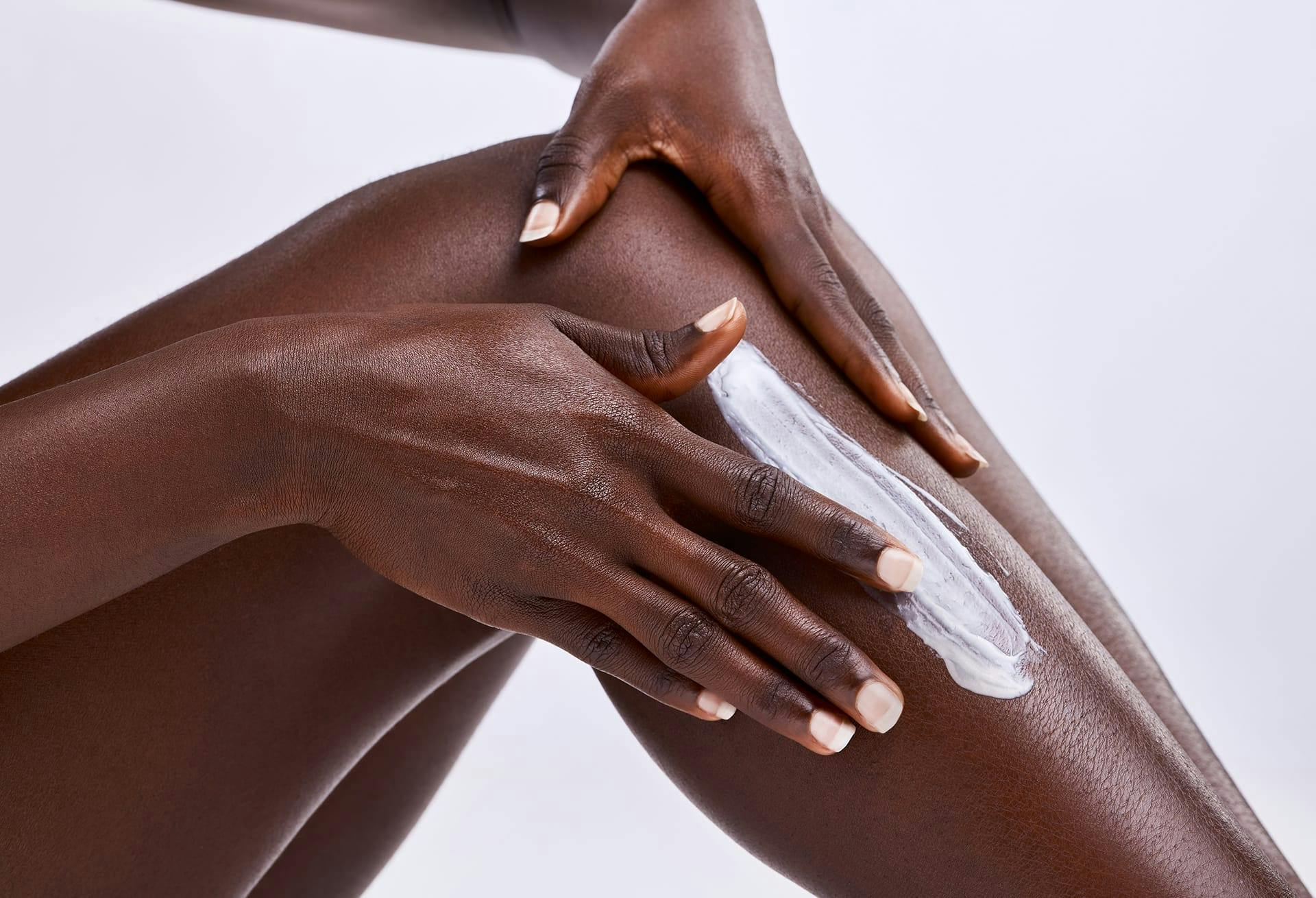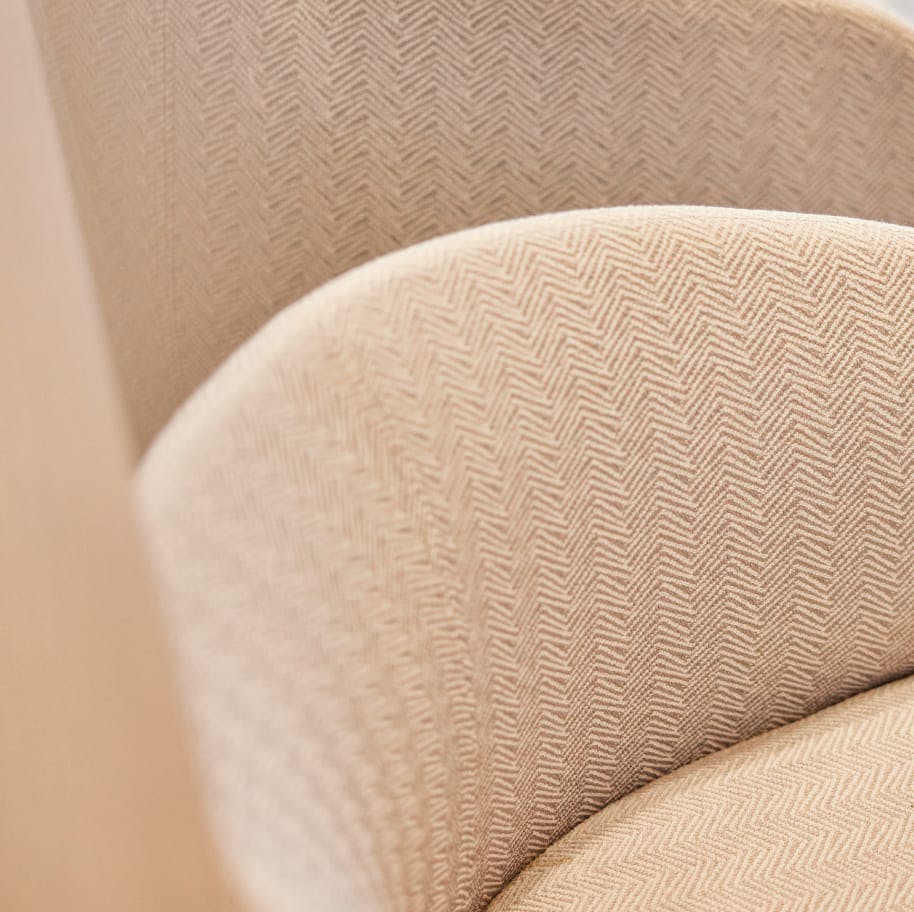A scar forms from the natural healing process that occurs in response to an incision placed during surgery. Scar tissue goes through phases of healing and can often appear red or mildly elevated during this natural process. Scars can be improved by topical products and scar massage.
Sun Avoidance and Sunscreen
In the first year following surgery, ultraviolet radiation from sun exposure can cause your immature scar tissue to become darker than the surrounding skin. This hyperpigmented scar may remain darker than the other skin. To help prevent this, Dr. Tanna recommends that all patients use a sunscreen when outdoors and avoid prolonged exposure to the sun. This is especially true for new scars (that are readily exposed to sunlight). The SPF (Sun Protection Factor) should be 30 or higher and preferably waterproof. Physical sunscreens (zinc, titanium etc.) are thought to be better than chemical sunscreens. Follow the application directions on the bottle or tube.




